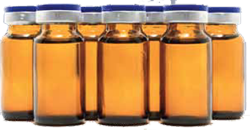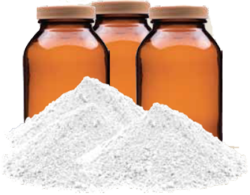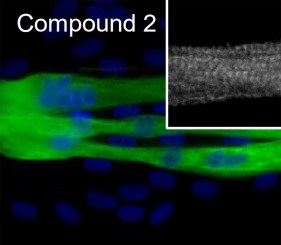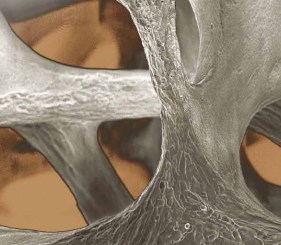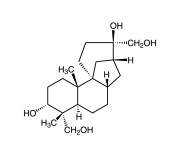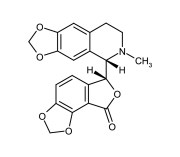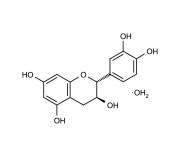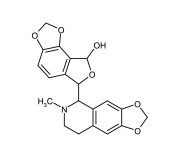Small Molecule Chemistry

Curated Libraries Streamline Your Screening Process
Enzo has a long and successful track record in identifying, synthesizing, and commercializing valuable known bioactives for use as research tools.
Our long-standing, flagship SCREEN-WELL® Compound Library product family offers an easy, ready-to-use method for compound screening. We have a unique offering of focused compound libraries including FDAapproved drugs, natural products, receptor de-orphaning, chemical genomics, and pathway targeting.
Our chemistry and compound range includes over 3,000 stand-alone small molecules with known activity including natural products, enzyme inhibitors, receptor ligands, drugs, lipids, and fatty acids.
Our staff of organic chemists are experienced in diverse synthetic methods and techniques. We welcome requests for custom services including development of new synthetic routes for novel molecules and rapid sourcing of compounds.
Through our supplier network, built over a 45 year history, we have the ability to rapidly and inexpensively source traditional, custom, and bulk compounds in the gram to kilogram scale. We complete our sourcing using stringent quality control standards with state-of-the-art methods.
Our long-standing, flagship SCREEN-WELL® Compound Library product family offers an easy, ready-to-use alternative for compound screening.
- Extensive Offering
- Proven and Consistent
- Novel
- Easy and Cost-efficient
- Flexible
Choose from Over 2,000 Compounds
New Products

GMP Services
Your reliable partner. Delivering quality products on time.
ISO 9001 & ISO 13485
Common enzyme inhibitors include:
Competitive inhibitors
These molecules compete with the substrate for binding to the enzyme’s active site. They are structurally similar to the substrate and bind to the enzyme with a similar affinity. As a result, they reduce the overall activity of the enzyme by reducing the number of substrate molecules that can bind to the enzyme.
Non-competitive inhibitors
These molecules do not bind to the active site of the enzyme but instead bind to a different site on the enzyme, causing a conformational change that inhibits the enzyme. Non-competitive inhibitors can be reversible or irreversible.
Allosteric inhibitors
These molecules bind to an allosteric site on the enzyme, causing a conformational change that inhibits the enzyme’s activity. Allosteric inhibitors can be competitive or non-competitive.
Irreversible inhibitors: These molecules irreversibly bind to the active site of the enzyme, permanently blocking its activity. An example of an irreversible inhibitor is aspirin, which irreversibly binds to the COX enzyme, preventing it from producing prostaglandins.
Some examples of receptor ligands include
Agonists
These ligands bind to a receptor and activate it, mimicking the effects of the endogenous ligand. Examples of agonists include morphine, adrenaline, and histamine.
Antagonists
These ligands bind to a receptor but do not activate it, preventing the endogenous ligand or agonist from binding and activating the receptor. Examples of antagonists include beta-blockers and antihistamines.
Allosteric modulators
These ligands bind to a different site on the receptor than the endogenous ligand, leading to a conformational change that can enhance or reduce the activity of the target receptor. Examples of allosteric modulators include benzodiazepines.
Inverse agonists: These ligands bind to the same site as the endogenous agonist but have the opposite effect, reducing the basal activity of the receptor.
Latest Articles
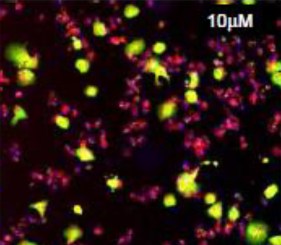
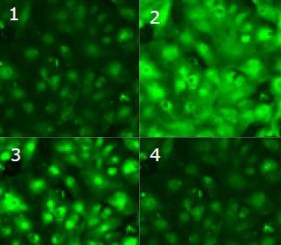
 Lab Essentials
Lab Essentials AMPIVIEW® RNA probes
AMPIVIEW® RNA probes Enabling Your Projects
Enabling Your Projects  Bulk Solutions
Bulk Solutions Research Travel Grant
Research Travel Grant Have You Published Using an Enzo Product?
Have You Published Using an Enzo Product?
